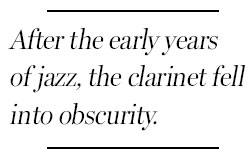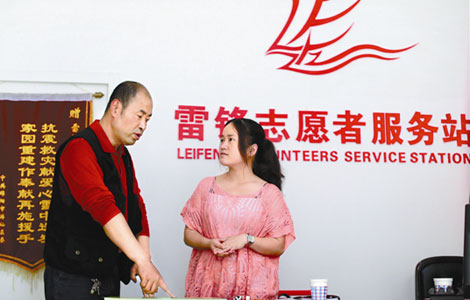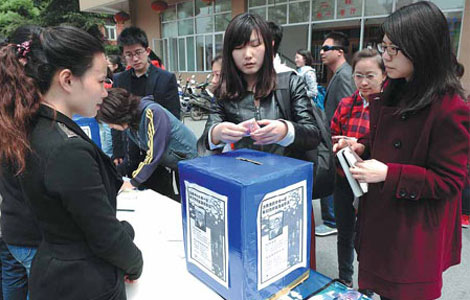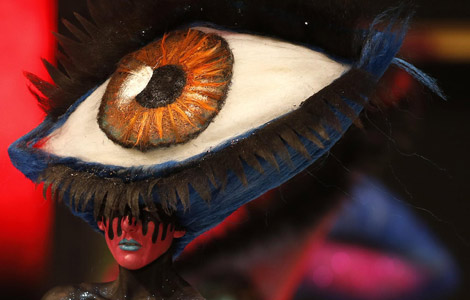Jazz's slim stepchild returns
Updated: 2013-05-13 10:34
(The New York Times)
|
|||||||||||
By 1999, she was the tenor saxophonist in an ensemble, called the Diva Jazz Orchestra. Then, she said, "somebody asked me to play clarinet on a choro gig."
Choro is a traditional Brazilian music that she describes as a kind of Brazilian ragtime. Her clarinet, with its quieter, higher-pitched sound, fit perfectly with the music, as it did with other kinds of Brazilian music, and world music, too.
"The clarinet," she said, "had a more traditional, folkloric sound. It was more normal to the ears."
After gigs, when people would come up to her to talk about her music, they would usually focus on her clarinet-playing.
By 2007, when she recorded her album "Poetica," Ms. Cohen had come full circle. Although she still played the tenor, she viewed herself as a clarinetist first.

When you ask music historians whatever happened to the clarinet, you get a variety of theories. The jazz critic Gary Giddins said that he thought the sound of the clarinet simply didn't blend well with the other instruments in postwar jazz.
Loren Schoenberg, the executive director of the National Jazz Museum in Harlem, thought it was something much simpler. "As the saxophone became more popular, by default, the clarinet became less popular," he said. Which is to say, it became uncool.
Now, in addition to Ms. Cohen, Ken Peplowski and Don Byron are two reed players who focus on the clarinet, while ensemble leaders like Maria Schneider often employ it in their orchestras.
Mr. Schoenberg praised Ms. Cohen's playing. "Because the instrument is so hard to play," he said, "many clarinetists fall into a kind of glib playing that shows off their technique. That is not how Anat plays. She can play all these different kinds of music, but she is always herself."
He called her brave.
"There is as much conformity in the jazz world as there is anywhere else," he said. "So for someone like her to actually be open enough to reconsider something as basic as her instrumental profile, that's very unusual."
The New York Times
Related Stories
Jazzing it up 2013-03-18 11:14
Chinese-style jazz 2013-01-18 17:27
Jazzmandu festival puts Nepal on the international jazz map 2012-12-17 11:52
Step by step 2012-12-07 16:31
Fygi gives songs Chinese infusion 2012-11-14 11:19
Today's Top News
Visits to Japanese shrines 'to continue'
Oversight of foreign experts to improve
Disclosure delays help fuel online rumors
Taiwan dispatches fleet to protect fishing boats
Deputy head of top economic planner probed
China, ASEAN to strengthen mining cooperation
Taiwan demands Filipino response
Moving overseas a remedy for nurses
Hot Topics
Lunar probe , China growth forecasts, Emission rules get tougher, China seen through 'colored lens', International board,
Editor's Picks

|

|

|

|

|

|





